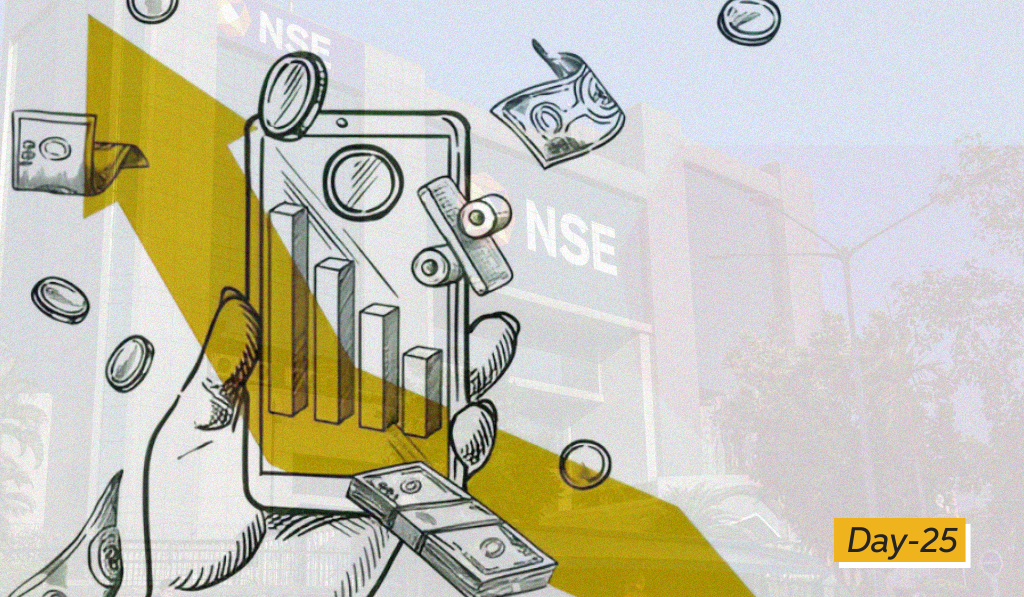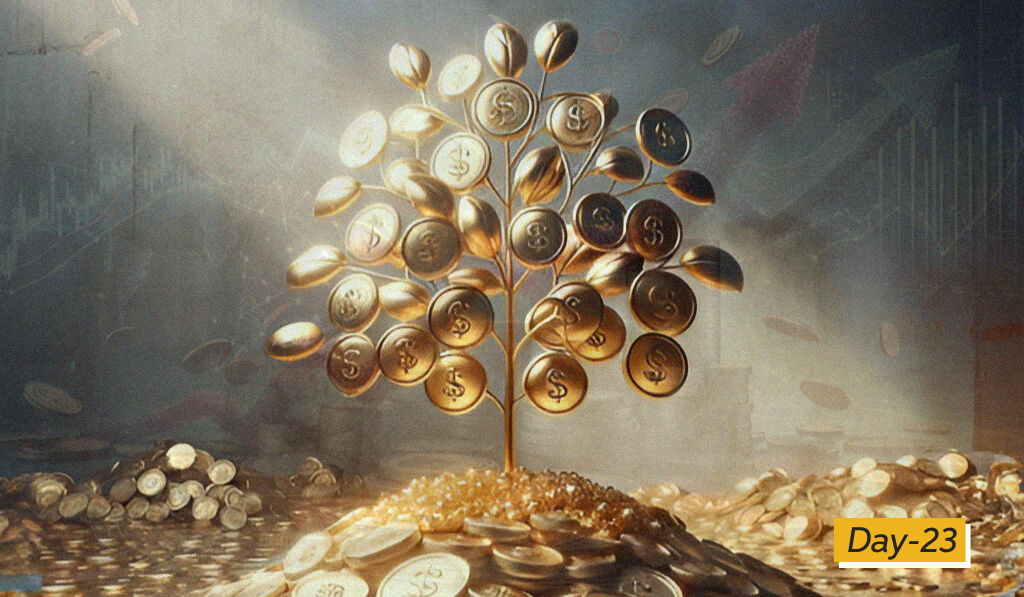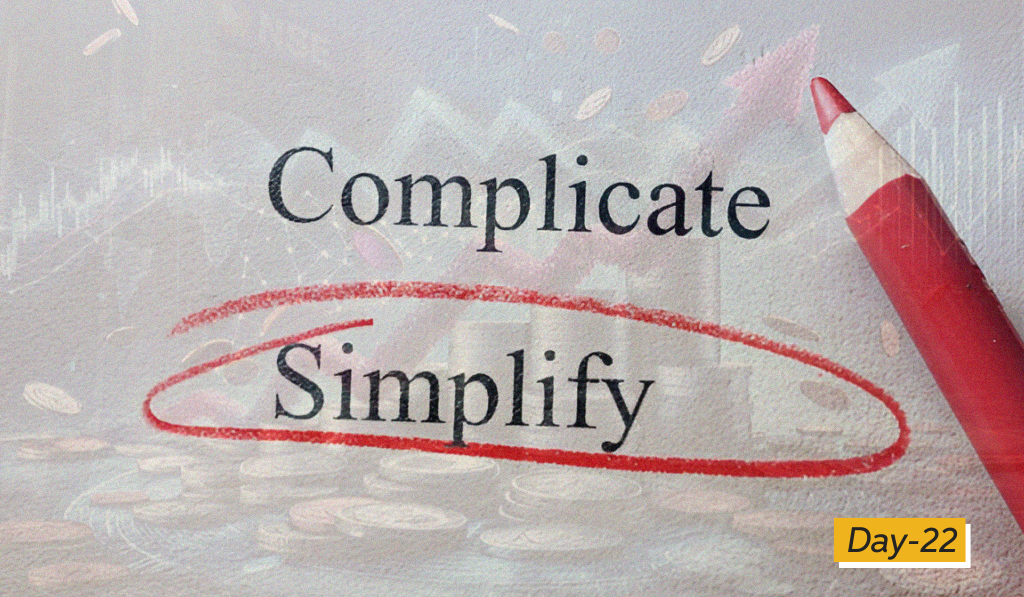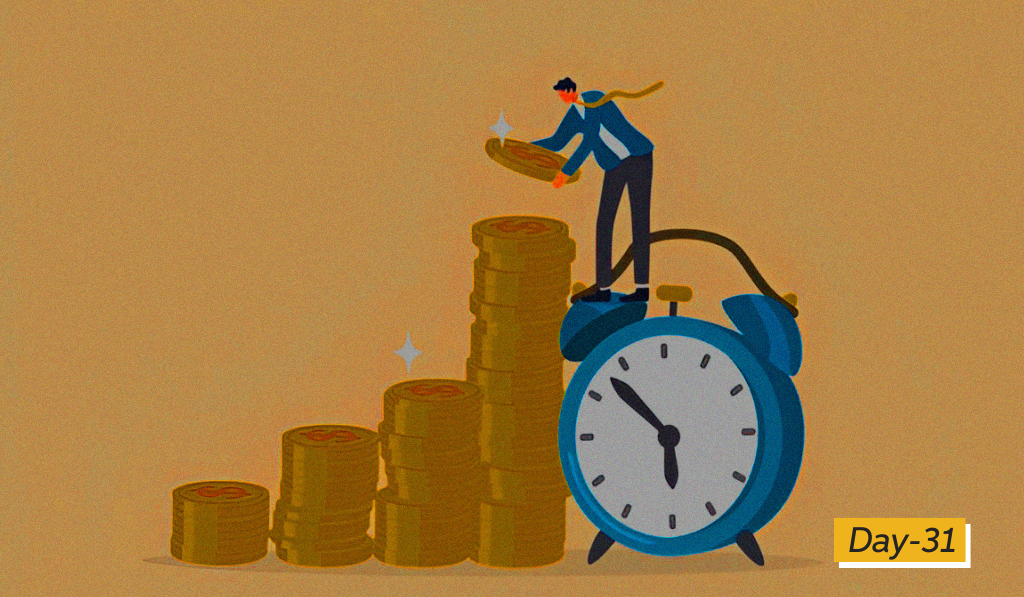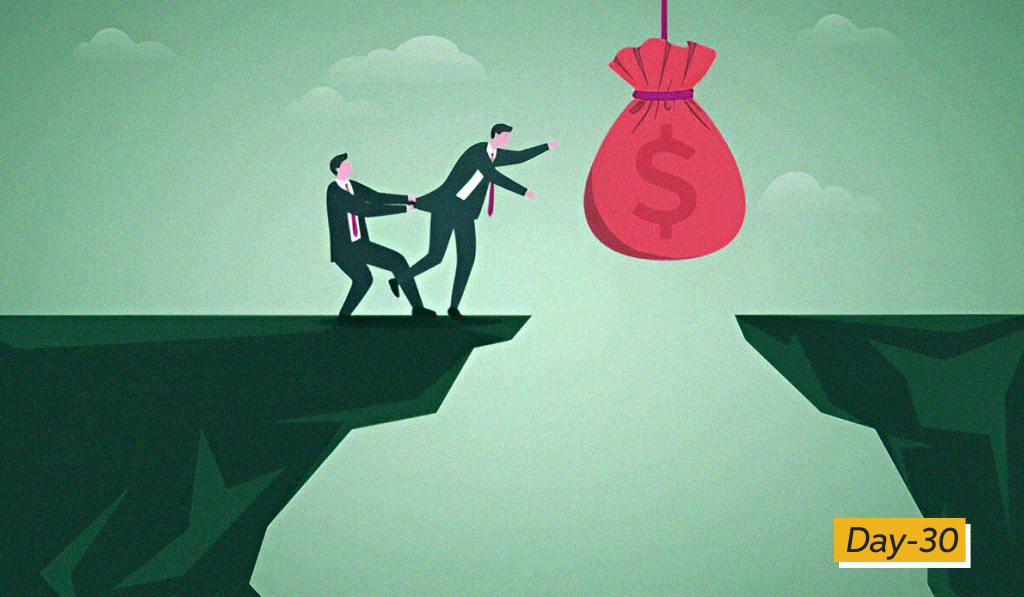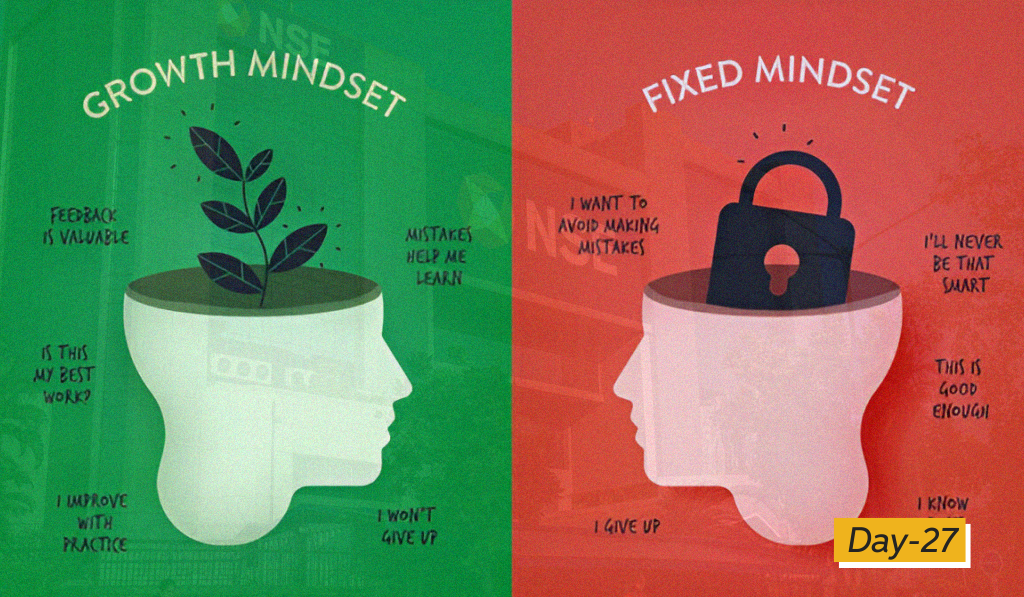In a world that often equates luxury with wealth, it’s easy to fall into the trap of thinking that owning flashy possessions is the ultimate measure of financial success. However, the truth is far more subtle and profound. True wealth often lies in what you don’t see – the income not spent, the assets not yet converted into material goods, and the financial freedom that allows for greater control over your time and choices.
The Illusion of Wealth
We tend to judge wealth by what we see – the fancy cars, the extravagant homes, the designer clothes. But these outward displays often tell only a small part of the story. They represent a snapshot of someone’s current spending, not necessarily their overall financial health or wealth.
Think of it like an iceberg – the visible tip represents the flashy spending, while the vast underwater portion symbolizes the accumulated assets and financial security that remain unseen. It’s easy to be impressed by the tip of the iceberg, but it’s the unseen part that provides true stability and resilience.
The Power of Unseen Wealth
Unseen wealth, in the form of savings, investments, and unspent assets, offers a range of benefits that material possessions simply cannot match. It provides:
- Financial Security: A safety net to weather unexpected storms, like medical emergencies or job losses.
- Flexibility and Freedom: The ability to make choices based on your values and goals, rather than being constrained by financial limitations.
- Opportunities: The means to pursue your passions, start a business, or invest in your personal growth.
- Peace of Mind: The comfort of knowing that you have a financial cushion to fall back on.
- Long-Term Growth: The potential to compound your wealth over time, creating a lasting financial legacy.
The Paradox of Spending
While spending money on things might feel good in the moment, it’s important to remember that every purchase comes at a cost – not just the price tag, but also the opportunity cost of what else that money could have been used for.
For example, buying a luxury car might provide a temporary thrill, but it also means forgoing the opportunity to invest that money, potentially missing out on future growth and financial security.
Redefining Wealth
To truly understand wealth, we need to shift our perspective from outward displays to the less visible but more meaningful aspects of financial well-being. It’s about:
- Saving and Investing: Consistently setting aside a portion of your income for future growth.
- Living Below Your Means: Making conscious choices about your spending and avoiding the trap of lifestyle inflation.
- Building a Strong Financial Foundation: Creating a solid base of savings, investments, and financial literacy.
- Prioritizing Long-Term Goals: Focusing on building wealth over time, rather than chasing short-term gratification.
The Rewards of Restraint
Building wealth often requires a degree of restraint and delayed gratification. It’s about making conscious choices about your spending and prioritizing long-term financial security over immediate material desires.
While this might seem like a sacrifice in the short term, the rewards of restraint can be immense. It can lead to greater financial freedom, peace of mind, and the ability to live a life aligned with your values and goals.
Conclusion
Wealth is not about keeping up with the Joneses or accumulating material possessions. It’s about building a strong financial foundation, making conscious choices about your spending, and prioritizing long-term financial security.
By focusing on what you don’t see – the savings, investments, and unspent assets – you can create a lasting legacy of financial well-being and achieve true wealth that extends far beyond outward appearances.
